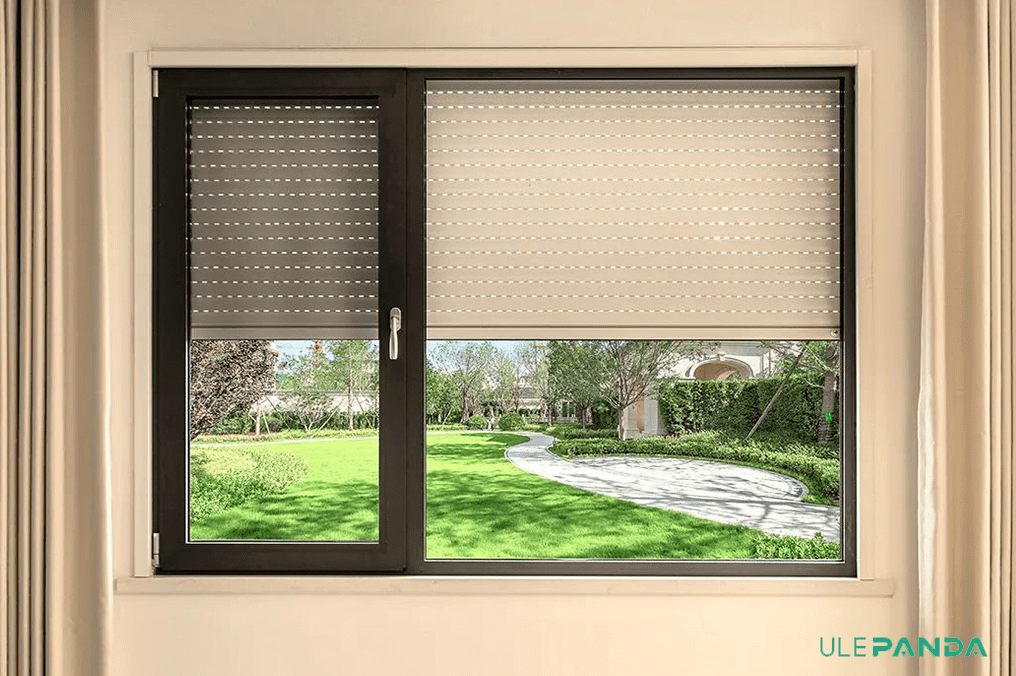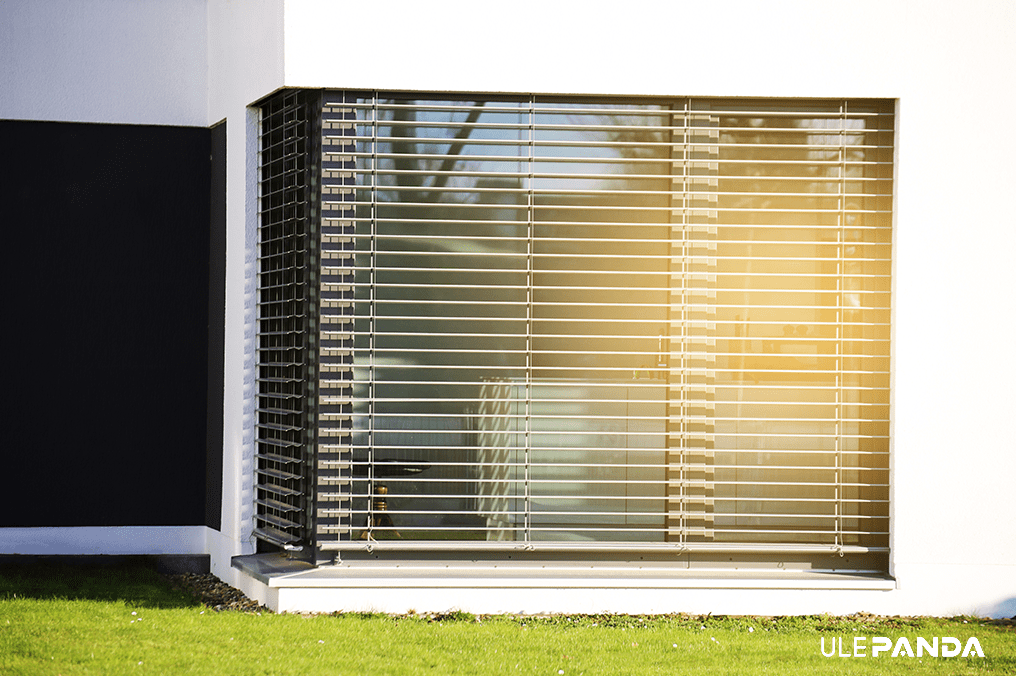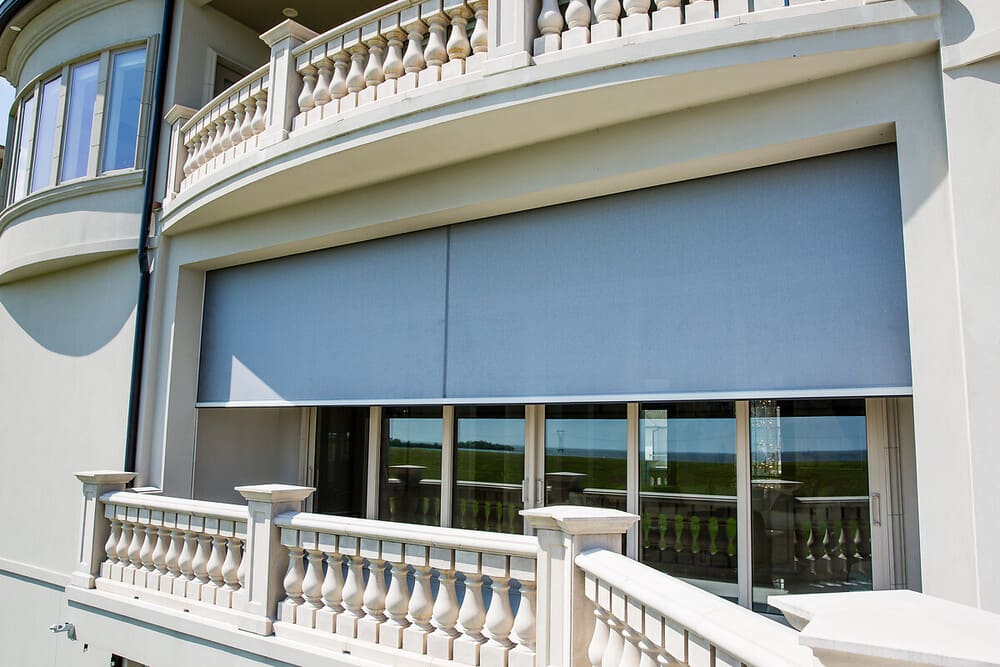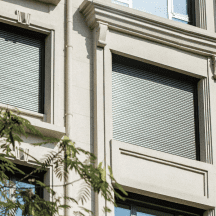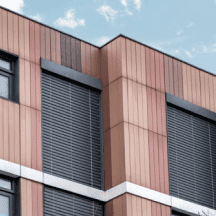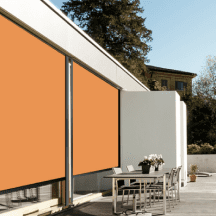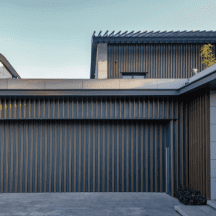MEDIA CENTER
Apr 30th, 2025
The Impact of External Sunshade Facilities on Indoor Lighting
External sunshade facilities (such as blinds, awnings, and grilles) are commonly used in architectural design to block intense sunlight and reduce indoor temperatures. However, their impact on natural indoor lighting is often overlooked. How can we balance shading and natural lighting? Below, we analyze this from three perspectives and explore the practical application value of common external sunshade products, including motorized aluminum roller blinds, motorized aluminum louvers, and fabric roller shades.
Changes in Natural Light Utilization
External sunshade facilities reduce indoor glare by blocking direct sunlight, creating softer and more evenly distributed light. For example, motorized aluminum louvers can precisely adjust blade angles to transform direct light into gentle diffused light, minimizing screen glare while maintaining indoor brightness. Fabric roller shades, made from translucent materials (such as fiberglass or polyester), filter ultraviolet rays while preserving natural light, making them ideal for living rooms or bedrooms that require soft illumination. However, dark or dense shading structures may excessively reduce light penetration. To address this, opt for light-colored or semi-transparent materials (available in certain fabric roller shade models) and pair them with light-colored walls or reflective flooring to compensate for light loss.
Flexibility of Dynamic Adjustment
Modern smart sunshade systems significantly enhance lighting control flexibility. For instance, motorized aluminum roller blinds can be quickly raised or lowered via motorized mechanisms and integrated with light sensors or smart home systems to automatically adjust shading based on outdoor light intensity. Examples include:
Morning/Evening: Partially open blinds to allow low-angle sunlight, extending natural lighting duration.
Midday Sunlight: Close blinds to 80% to block direct heat while maintaining baseline indoor brightness through edge light penetration.
Cloudy Days: Fully retract blinds to maximize natural light efficiency.
Such dynamic adjustments not only optimize lighting comfort but also reduce manual intervention and improve energy efficiency.

Synergy with Artificial Lighting
Poorly designed sunshade facilities may lead to insufficient daytime lighting, requiring artificial lighting supplements. To achieve a balance between light and heat control, motorized aluminum louvers and fabric roller shades can be optimized through the following approaches:
Dual Functionality: Certain fabric roller shades use high-transmittance materials (e.g., solar fabrics) to block 70%-90% of UV rays while allowing 40%-60% visible light transmittance, reducing reliance on artificial lighting.
Targeted Shading: Deploy motorized aluminum roller blinds in west- or east-facing windows with intense sunlight, while using high-transparency glass for other orientations to maintain overall brightness.
Smart Integration: Link external sunshades with indoor lighting systems. When sensors detect insufficient light, localized LED strips automatically activate, avoiding excessive energy consumption from full-room lighting.
Conclusion and Product Selection Recommendations
The impact of external sunshade facilities on indoor lighting depends on material properties, light transmittance, and smart functionality. Based on common product features:
Motorized Aluminum Roller Blinds: Ideal for high-intensity shading and rapid adjustment (e.g., office buildings, west-facing windows), offering durability and smart control compatibility.
Motorized Aluminum Louvers: Enable precise light control through blade angle adjustments, suitable for spaces requiring uniform lighting (e.g., schools, art galleries).
Fabric Roller Shades: Combine light transmittance with aesthetic appeal, perfect for residential or hospitality spaces prioritizing soft lighting and visual harmony.
When designing, prioritize adjustable products with moderate light transmittance and tailor configurations to building orientation and user needs. For example:
Pair motorized aluminum louvers with south-facing glass facades for dynamic shading.
Use light-colored fabric roller shades for north-facing windows to balance lighting and insulation.
Through scientific product selection and systematic design, external sunshade facilities can enhance indoor lighting quality while reducing air conditioning and lighting energy consumption by approximately 20%-30%, achieving both comfort and sustainability.
Contact us

Kevin
Account Manager

info@ulepanda.com

+86 18551587339

+86 18551587339
